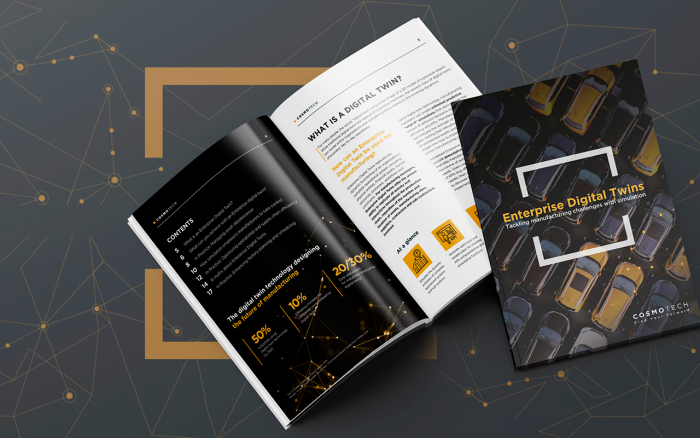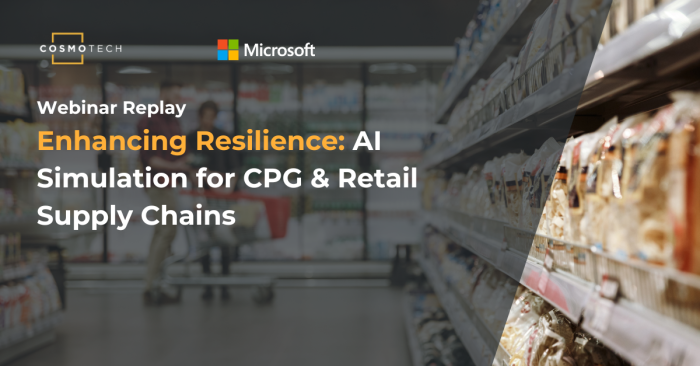Standard Forecasting and Planning Tools Can’t Guarantee Robust Plans.
Uncertainty in today’s manufacturing industry is structural. Companies face uncertainties around future resource availability, lead times, product quality rates, production breakdowns, demand, supply chain, and market volatility which is – for many organizations – approaching unprecedented levels. For example, there is tremendous volatility in forecasts of the future total industry volume in the automotive industry, with some expert scenarios estimating global growth of 10%. In comparison, others forecast a global market reduction of 30%. This uncertainty and volatility require organizations to anticipate disruptions and reinforce the robustness of their action plans. Unfortunately, standard forecasting and planning tools do not empower them to achieve these goals.
Whether a company adopts sophisticated optimization software, embraces a flexible, demand-driven planning methodology, or relies on manual test-and-try explorations based on experience, intuition, and reasoning, the level of robustness achieved remains too limited. When disruptions occur, arbitrary safety margins are insufficient to ensure resilience. These approaches are particularly inadequate when uncertainty about demand, uncertainty about flows (trade barriers), and inter-sectoral effects (scarcity of commodities) combine.
Machine Learning/Deep Learning methods improve forecasting relatively well in stable environments with historical data. However, it quickly reaches its limits in the case of significant or profound structural changes.
However, in digital twins, manufacturers finally have a new tool that can help them escape from production planning perils in an uncertain world.




